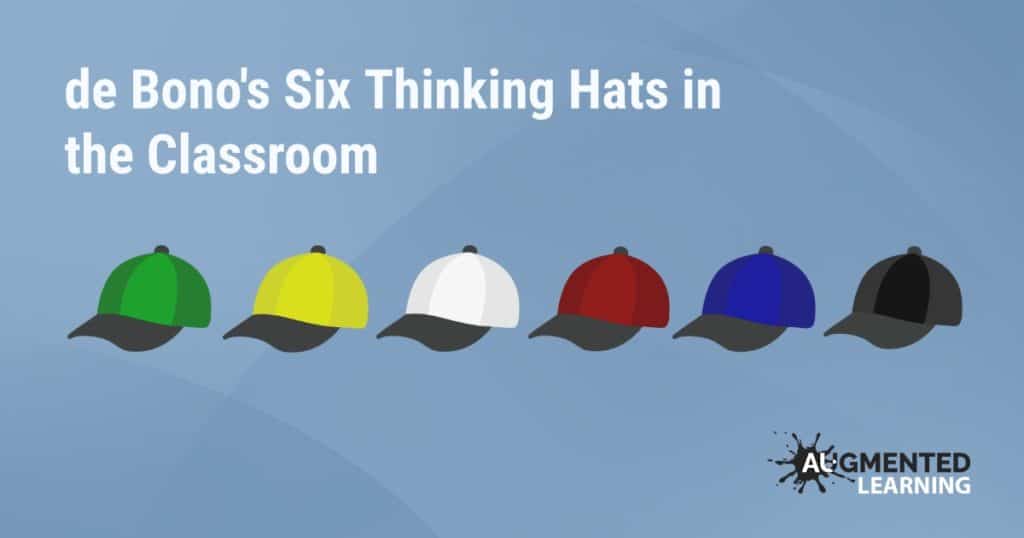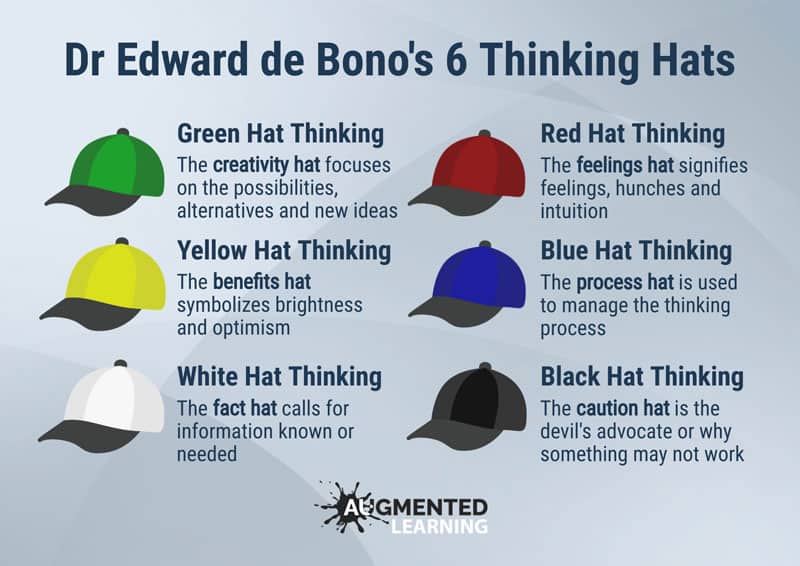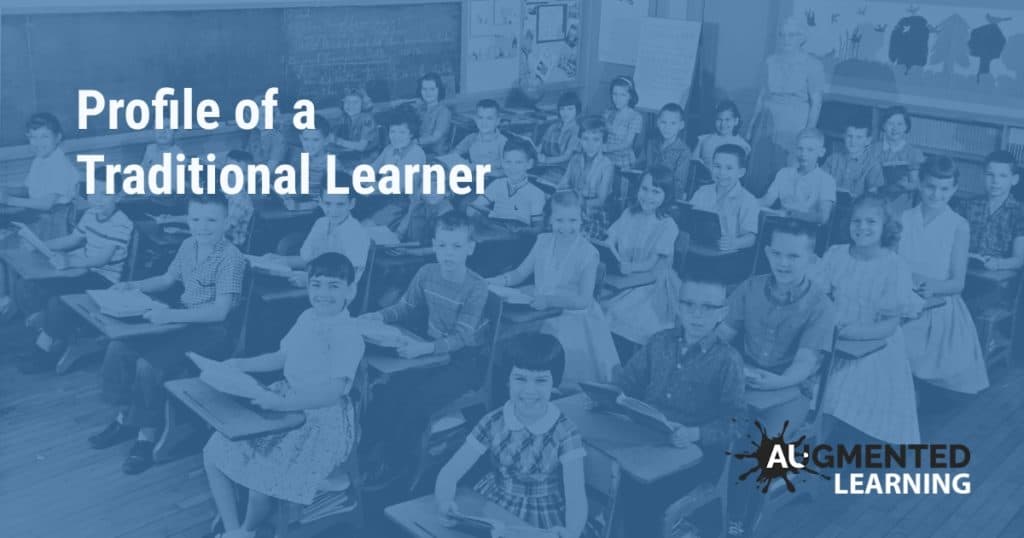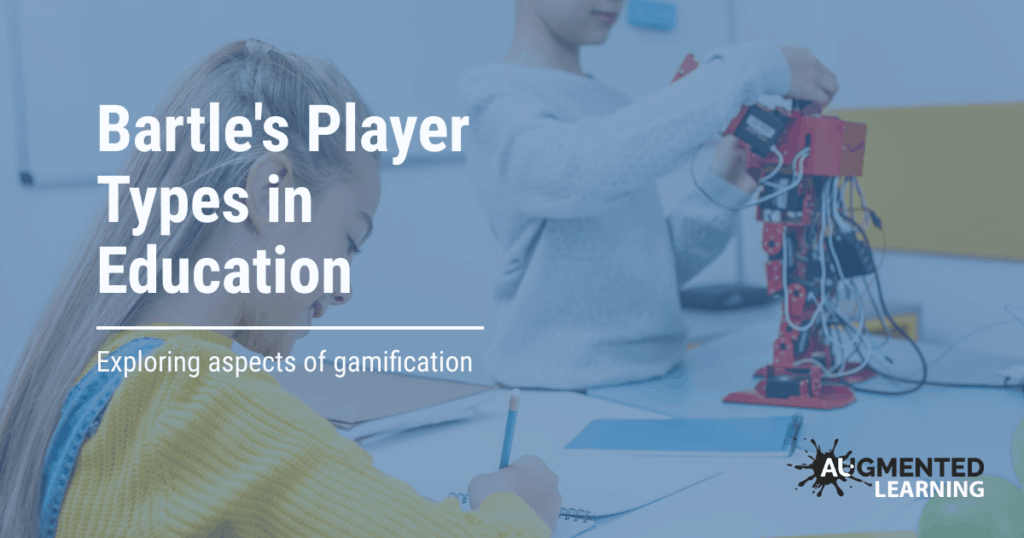de Bono’s Six Thinking Hats in the Classroom


de Bono's Six Thining Hats
America today is celebrating “National Hat Day”. In recognition of this I thought I would put together a brief post on Dr Edward de Bono’s six thinking hats! And as a bonus, at the bottom of the post you will be able to download a classroom poster highlighting the six hats and the role each hat plays in the critical thinking process!
The Six Thinking Hats is a model presented by Edward de Bono in 1986. It serves as a group based problem solving, brainstorming and critical thinking technique that can be used to explore a range of problems, find ideal solutions and uncover ideas that might otherwise be overlooked when a group of individuals adopt their default perspectives.
The basic premise centres upon the idea that most people think and reason in a specific way based on their personality type. This means that a more emotional person may generate ideas differently than a more analytical person, and vice-versa. Here is a brief outline of each thinking hat:
This model has great application in the classroom. Anna Warfield presents some really simple tasks you can use with your students:
Use Six Thinking Hats with parallel thinking or as a means to divide up roles. Do whatever works best for your group of students and for the topic you are discussing.
- Ask for specific thinking hat responses or ideas from the entire class. Redirect as necessary to keep the ideas focused by hat. This is a great way to introduce the concept of the six thinking hats.
- Split your class into groups with the same focus. Each group will work together to brainstorm different ideas and responses based on the thinking hat. As the teacher, you will be the blue hat for the whole-class discussion after the student groups have had a chance to confer with one another.
- Split up your class into groups of six as best as you can. Assign a hat to each person in the group, either randomly or based on specific factors, and allow students to have mini-discussions. After giving students a chance to try out their thinking hat in a small group, bring all groups together.
- After students start to get more familiar with the six thinking hats, they can start identifying the hat they are using when providing ideas. This will allow you to tweak responses to match the purpose of a hat, or correct any misconceptions and misunderstandings.
We have created a free and simple poster you can download and hang in your classroom. To access the poster in a high quality PDF file, complete the form below and we will email the download link out to you!








Responses